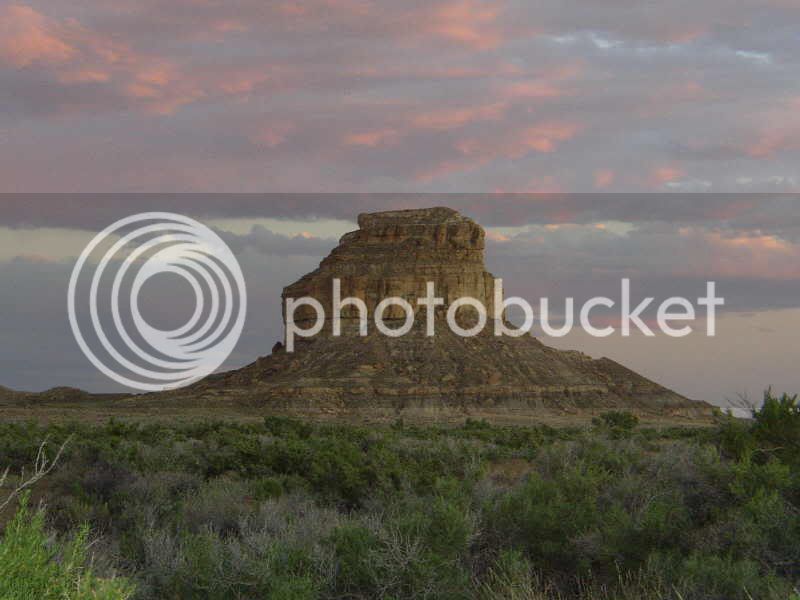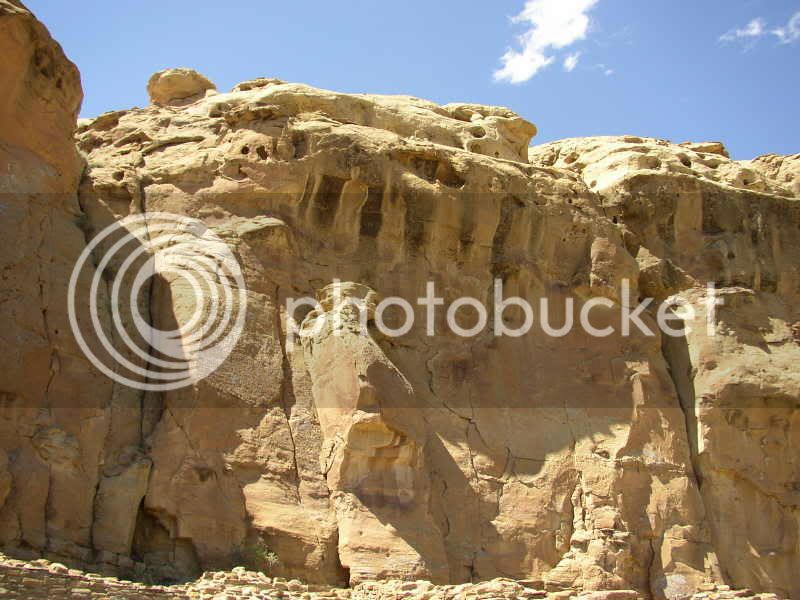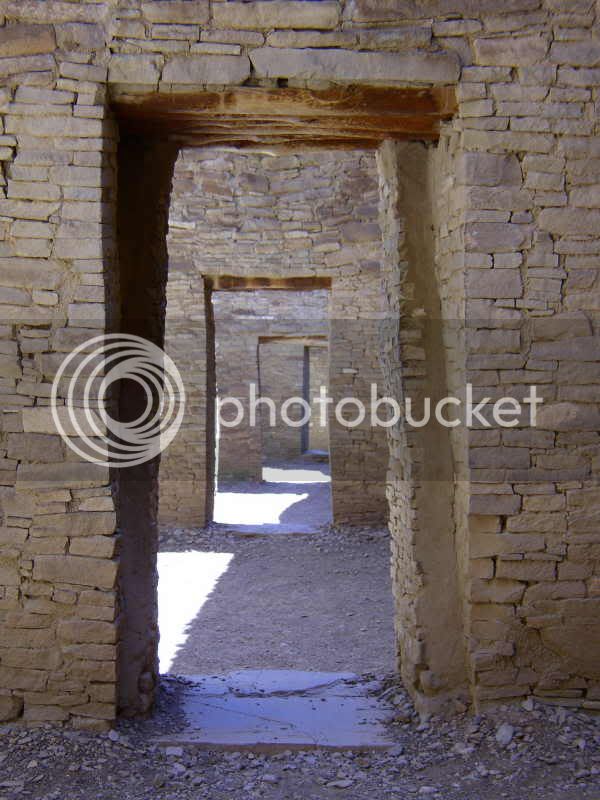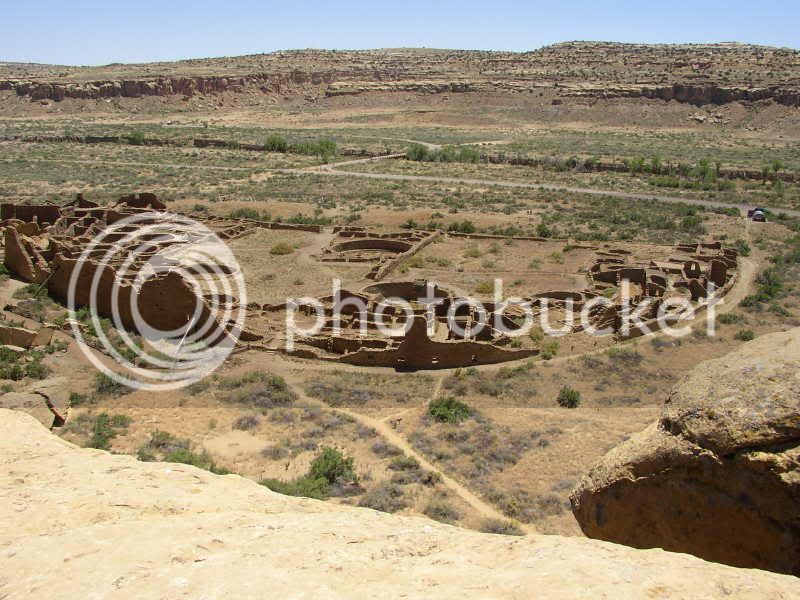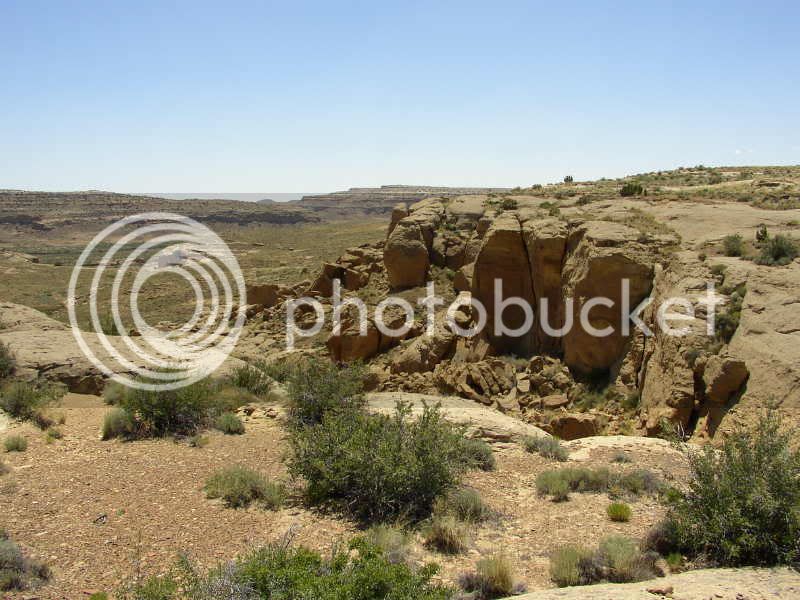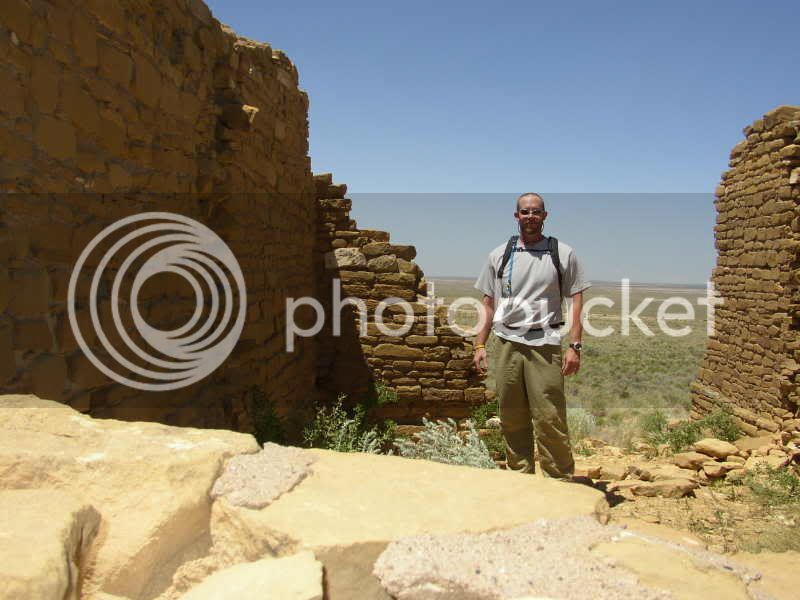josephusminimus
Well-known member
- Joined
- Sep 4, 2012
- Messages
- 710
- Reaction score
- 0
A lot of people probably aren't aware there were cultures over a lot of the US to rival those found in South America and Mexico in sophistication before the arrival of Europeans. Part of the reason might be because they mostly vanished a century before the explorers from across the sea arrived.<br /><br />Another part might be because they weren't big on precious metals, and the Europeans didn't have a lot of interest in what went before if there was no wealth to be gained knowing about it.<br /><br />But from Florida, all up the Mississippi River to Minnesota, in Georgia, and in the mid-western states a culture or cultures developed from 100 CE gradually into something spectacular. The arriving Europeans didn't pay them much mind, often destroyed the sites as offhandly as they cut down the forests and slaughtered bisen.<br /><br />The eastern US cultures did a lot of mound building though, and there's still a lot left for the interested person to visit, admire, puzzle over. Fact is, the people who know most about them don't know much. There are a few scatterings of artifact evidence suggesting they might have migrated to Mexico in mass and become the Aztecs, settled so firmly as an organized society they were the main obstacle to Spanish conquest.<br /><br />A few searches on the matter would turn up a lot of sites still out there a nomad could visit.<br /><br />Further west, there's the huge population of Chacoan/Mogollon sites nobody agrees what happened to them, why they vanished, where they went. But because they were later the sites werent so badly damaged and left themselves open to visits, both as documented ruin sites, and as undocumented sites likely to be encountered by surprise.<br /><br />It's a whole 'nother potential object of endeavor, study, interest for the nomad looking for something to do that doesn't involve situation comedy.



































